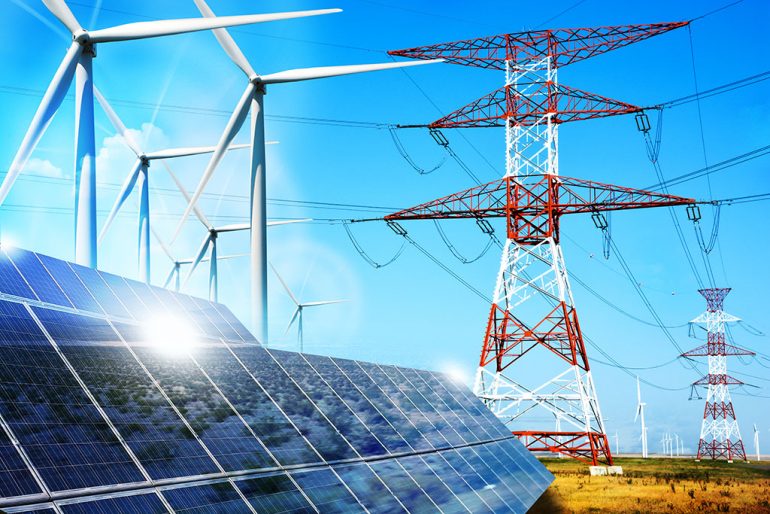
The International Energy Agency (IEA) has raised a significant alarm concerning the global transition to renewable energy sources. Their recent report highlights the critical issue of underinvestment in electrical grids worldwide, which is hindering the progress of the renewable energy sector and posing a substantial risk to climate change mitigation efforts.
The IEA’s report, released on Tuesday, paints a worrisome picture of the current state of electrical grids. It underscores the growing disconnect between the rapid expansion of clean energy technologies, such as solar and wind power, electric cars, and heat pumps, and the capacity of the existing grids to accommodate these innovations. As a result, the efforts to move away from fossil fuels are being hampered by the failure to expand or upgrade the power infrastructure.
IEA Executive Director Fatih Birol aptly described the situation as akin to “manufacturing a very efficient, very speedy, very handsome car — but you forget to build the roads for it.” In essence, the renewable energy projects, which could generate a staggering 1,500 gigawatts of power, are stuck waiting for grid connections, hindering the global transition to cleaner energy sources.
The consequences of this grid inadequacy extend beyond the inconvenience of stalled projects. It poses a real threat to achieving global climate goals, particularly the ambition of limiting the increase in average temperature to 1.5 degrees Celsius above pre-industrial levels, as outlined in the 2015 Paris climate accords. Birol stressed that without substantial investment in grids, this goal is unlikely to be reached.
According to the IEA’s assessment, realizing these climate targets would require adding or refurbishing a staggering 80 million kilometers (50 million miles) of power lines by 2040—equivalent to the entire existing global grid in less than two decades. To achieve this, annual investments in grids must more than double, reaching over $600 billion per year by 2030.
The challenges in expanding electrical grids vary from country to country. In advanced economies, it can take several years, often five to thirteen, to approve a single high-voltage overhead power line due to bureaucratic obstacles. In contrast, countries like China and India typically experience much shorter lead times. As an example, the report highlighted the South Link transmission project in Germany, which was originally planned in 2014 but faced political opposition, leading to significant delays.
Other crucial projects have also been impeded by various hurdles, such as the Bay of Biscay connector between Spain and France, the SunZia high-voltage line in the United States, and the Avangrid line to transport hydropower from Canada to New England.
The IEA’s report underscores the urgency of addressing this grid deficiency to support the transition to green energy. Without significant investments and a streamlined approval process, the world risks falling behind in the race to combat climate change and achieve a sustainable future driven by renewable energy sources.
Source: Associated Press

Lloyd Tobias is a seasoned automotive journalist and passionate enthusiast with over 15 years of experience immersed in the world of cars. Whether it’s exploring the latest advancements in automotive technology or keeping a close pulse on breaking industry news, Lloyd brings a sharp perspective and a deep appreciation for all things automotive. His writing blends technical insight with real-world enthusiasm, making his contributions both informative and engaging for readers who share his love for the drive. When he’s not behind the keyboard or under the hood, Lloyd enjoys test driving the newest models and staying ahead of the curve in an ever-evolving automotive landscape.